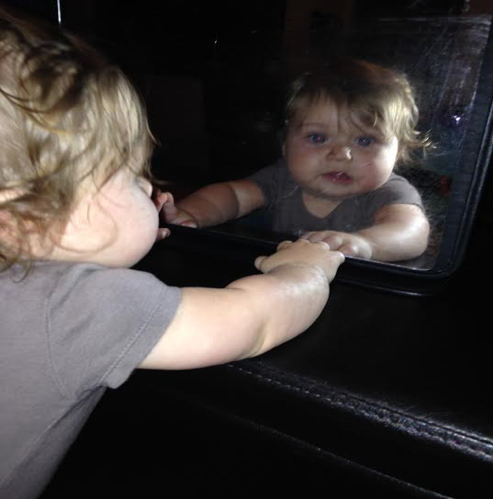
As parents, we absolutely cannot wait to hear our child talk. Around 12 months or so, you may hear your little one say their first true, meaningful word like “mama”, “dada” or “bye-bye”. By 18 months, babies have about 50 words they can say and begin to make word combinations such as “no mama” or “more eat”. It’s what’s called the “vocabulary explosion.” I can’t wait until our little Sweet Pea is old enough to talk to us. In the meantime, we are enjoying every bit of babbling and vocalization she uses!
Even though Sweet Pea can’t talk to us yet, we still play fun games to teach these early words and concepts. Here are some fun things we do:
Mirror fun: I get out my big therapy mirror but any kind of mirror will do. Sweet pea and I sit in front of it and I say “hi” and “bye-bye” and we wave at each other. Sometimes Sweet Pea chimes in and says “iiiii”.
Games with toys: Whenever we start playing with a new toy, I say “hi toy” (dog, book, or whatever the toy is). When we are done with toys and putting them away, I say “bye toy.”
Toy Telephone: Mama pretends someone is on the phone and says “hi” and “bye.”
Food: When Sweet Pea is eating solids, I try to pause after each bite and say, “Do you want more?” Then I give her some more. Sometimes I sign “more” as well. She’s starting to make her own little sign for “more” in between bites. So cute!
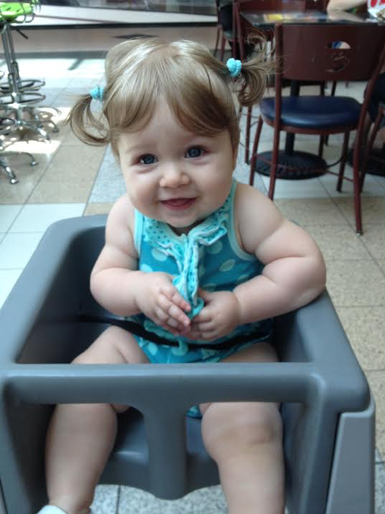
Bubbles: Sweet Pea LOVES bubbles! I always pause and say or sign “more” before I blow another bubble.
Building blocks: We haven’t really done this since Sweet Pea does not really stack blocks yet; she just kind of examines and chews on them! But, you could totally teach “more” while building towers. Give your child one block at a time and wait for an attempt at “more” before giving him or her the next one.
Swings: We try to walk to the community park most nights and Sweet Pea gets to ride on the swing. I’ll stop it ever so often and look at her and say “Do you want more?” Often times she smiles and does her little “more” sign.
Lift the flap books: Sweet Pea really likes books, especially flap books. When you lift the flap, you can ask a no question such as “Is that a cat? No, it’s a doggie.”
Puzzles: Put a puzzle piece where it doesn’t belong and ask, “Does it fit here? No, I don’t think it goes there.”
Food: When Sweet Pea finishes her snack or meal, I show her the bowl and say “all done”. Sometimes I sign it as well.
Bath: After her bath, I say “all done” and take her out of the tub.
Music and movement toys: you can watch for when the music on the toys stop and say “stop”.
Swings: I’ve done this on swings as well. When we are done on the swing, I either say “stop” or “all done.” Sweet Pea absolutely loves her swing rides!
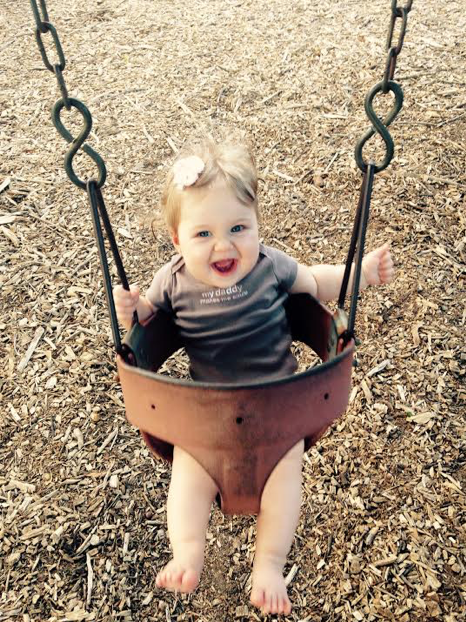
These are just some of the fun things Sweet Pea and I do at home! What are some things you do with your little one to encourage early words?
Receptive Language is the ability to understand both words and gestures. So when baby stops doing something when you say “no” or follows a simple command such as “bring me the ball”, that is receptive language.
At this time, you will probably see your baby startle when he or she hears a loud sound. We make a lot of concoctions in our food processor and Vitamix and Sweet Pea definitely “jumped” when we turned them on! Baby also may quiet or smile when you speak and it may seem like your sweetie might just actually recognize your voice by quieting down if crying. You may also notice that your baby might slow or increase their sucking behavior when they hear a certain sound. Here’s a little picture of Sweet Pea when she was just a few days old. We were blending something in the Vitamix when this pic was snapped and my husband jokes that it looks like she is covering her ears to block out the sound.
I call this the “sound stage.” Things start to get fun and at this point in time, baby will start to move their eyes towards a sound. I noticed at this time that Sweet Pea was starting to get distracted. If I was talking to my husband or if the TV was on, she would turn from what she was doing to look. She also started paying more attention to toys that made sounds like rattles, bells, and musical toys. It was during this time that Sweet Pea started really enjoying music. We both sing to her but daddy takes it to a whole new level and plays all kinds of music, sings, dances, and really puts on a show for her. You might notice that your baby responds to a change in your tone of voice. When I raised my voice she would lift her eyebrows and just stare at me but when I sang or talked playfully, she would smile and try to communicate.
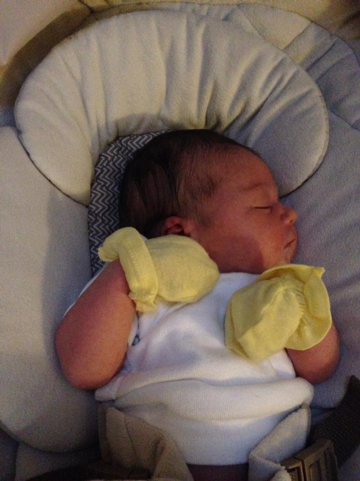
I call this the “sound stage.” Things start to get fun and at this point in time, baby will start to move their eyes towards a sound. I noticed at this time that Sweet Pea was starting to get distracted. If I was talking to my husband or if the TV was on, she would turn from what she was doing to look. She also started paying more attention to toys that made sounds like rattles, bells, and musical toys. It was during this time that Sweet Pea started really enjoying music. We both sing to her but daddy takes it to a whole new level and plays all kinds of music, sings, dances, and really puts on a show for her. You might notice that your baby responds to a change in your tone of voice. When I raised my voice she would lift her eyebrows and just stare at me but when I sang or talked playfully, she would smile and try to communicate.
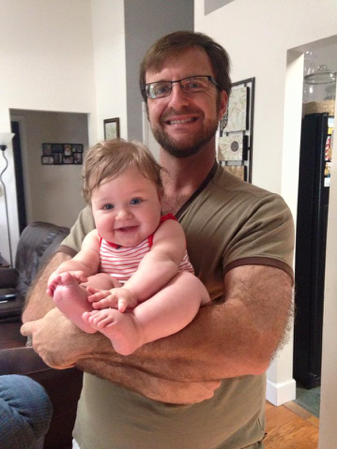
At this point in the game, your baby will start to enjoy interactive games such as peek-a-boo and pat-a-cake. Baby really listens when you talk to him or her and begins to recognize words for a few common objects such as “ball”, “shoe”, and “cup.” Later on in the stage, baby will follow a simple direction such as “Give mama kiss”, “Come here”, or “Go get the ball.”
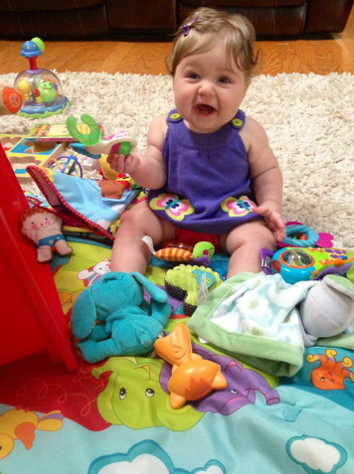
Well that’s a brief description of receptive language. Remember that this is just a very basic guideline and if you have any concerns or questions regarding your baby’s speech or language development, talk to your pediatrician.
Here’s my attempt at compiling a basic list of speech and language development using my experience as a speech-language pathologist and mommy. As a first time mommy, I often have so many questions regarding my baby so I thought I’d put together a little blurb about speech and language milestones for other parents or anyone else who is interested! Please keep in mind however that every child learns at his or her own speed and this is just a guideline.
Expressive Language is the ability to communicate with others using language. So any kind of cry, coo, smile, laugh, babble, and vocalization is how baby communicates expressively. Listed below are these skills in a general order of development.
During this time period, you may notice your baby has a different cry for hunger, anger, pain, and discomfort. We definitely noticed this with Sweet Pea and learned very quickly what that hunger cry sounded like during all of those middle of the night feeds! And yes, they start to do more than just cry (although it may seem like that’s all they do at 2 a.m.). You’ll begin to hear coos and goos and other pleasure sounds. Baby is communicating and make sure to repeat those cute little coos and goos right back at them! By doing this, you are teaching them turn taking. You’ll see baby smiling and laughing and a lot of these are more reflexive early on but you can definitely start encouraging him or her by imitating and playing with them while they do that.
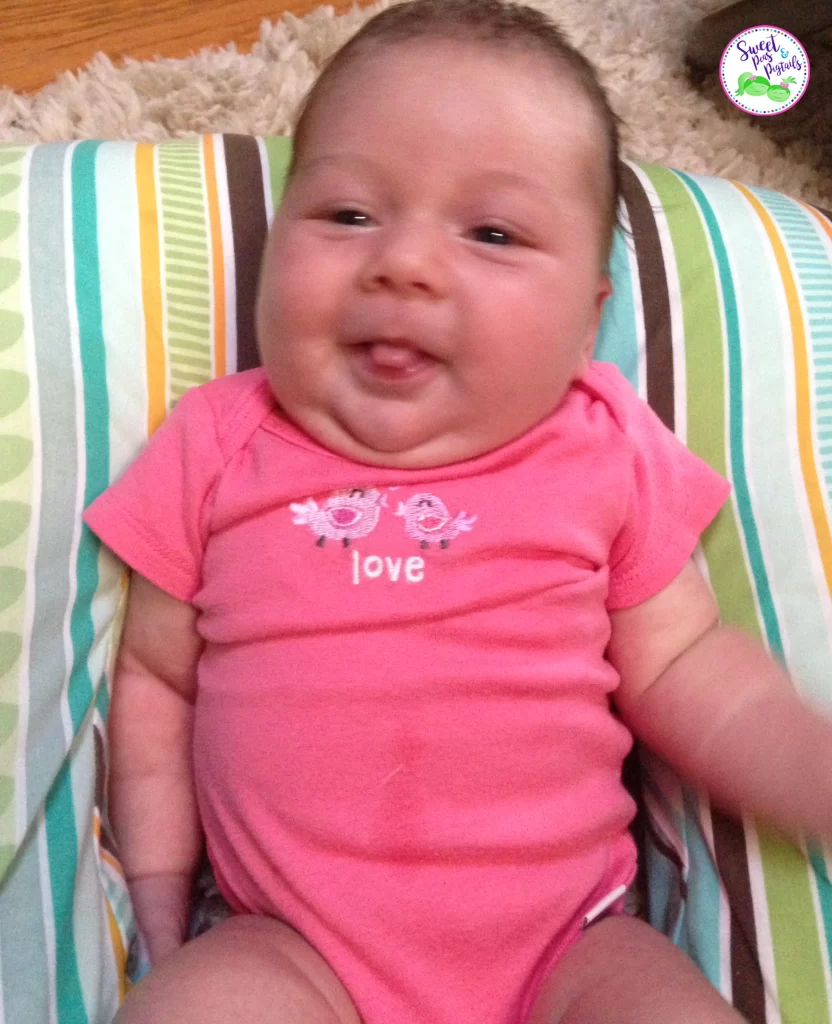
Things start to get fun and you can see your baby’s little personality begin to unfold. I definitely figured out that Sweet Pea was a little social butterfly who absolutely loves people! At this stage, you may hear baby babbling with different consonant sounds such as “pa”, “ba”, “ma”. Baby may also gurgle when playing alone and with you. Sweet Pea “talked” a lot on her changing table early on and I just went with it, imitating her sounds and singing to her. She absolutely loved it and would just stare at my mouth. I repeated the sounds back to her once she was finished talking and she waited until I was finished. Now that’s communication!!
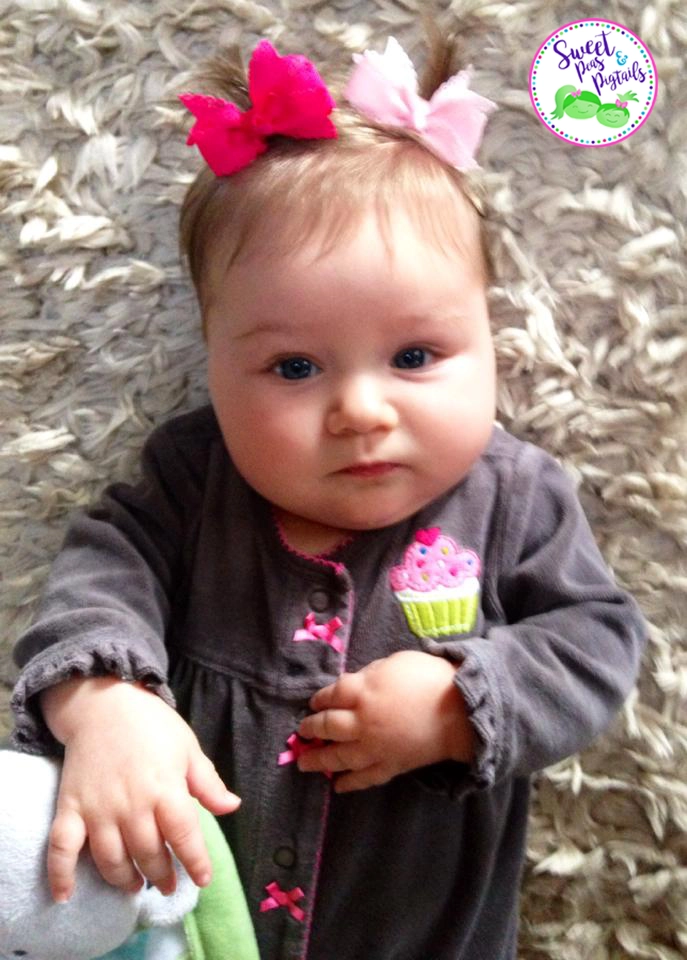
We are currently in this stage as Sweet Pea is nearing 8 months! You will start to hear more babbling in this stage where baby repeats parts of words over and over such as “bababa” or “dadada”. I remember when she said “dadada” for the first time. It happened while eating one of her veggie purees and I just had to text my husband a video of her doing this. Now this is not a “true word” because it has no meaning but it still is exciting to hear! You’ll definitely hear them trying to get attention using both vocalizations and non-crying sounds. Baby will start to imitate different speech sounds, actions, and words. My baby girl is imitating us waving, banging our hands on her tray, and shaking our head. By 12 months old, you may hear your cutie say a few words such as “ball”, “bye-bye”, or “mama”. It may not be the most intelligible but this is when you can begin to count it as a first word because they associate meaning with these words (will say “ball” when they see a ball or a picture of one and say “mama” when they see you, etc.).
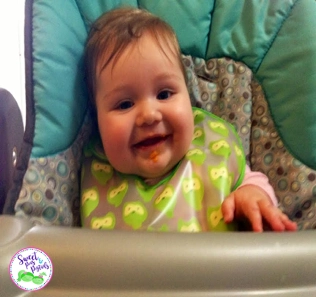
Well, there you have expressive language in a nutshell. Remember that this is just a very basic guideline and if you have any concerns or questions regarding your baby’s speech or language development, talk to your pediatrician. My next blog will focus on the hearing and understanding or receptive language side of communication.